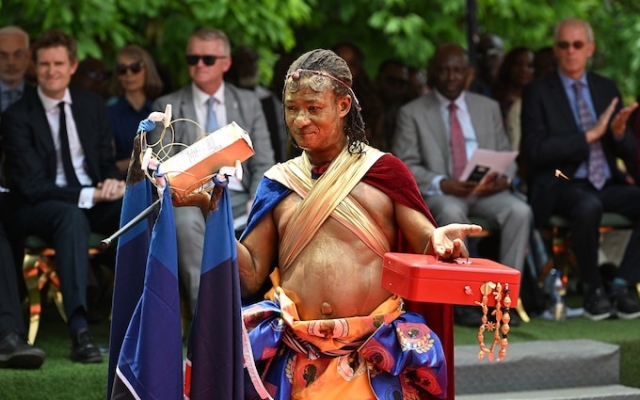 Opening of an exhibition of artefacts on loan from the British Museum. Photo: EDDIE MULHOLLAND
Opening of an exhibition of artefacts on loan from the British Museum. Photo: EDDIE MULHOLLAND
Drums beat and incense flows through robes. sword-wielding chiefs in Kumasi, Ghana. British dignitaries bow to an African king to offer their gold — a remarkable turn of events 200 years ago.
The officials bowing before the throne in the sweltering heat of Ghana's interior were there to represent V&A. and the British Museum, as well as solemnly return the golden treasures to the ruler of the Asante people.
The ethnonym Asante, sometimes spelled Ashanti, means «because of war», and it was because of war that it was fitting that the robed officials and courtiers gathered before the impassive figure of the king or Otumfuo Osei Tutu II on May 1, as he was carefully fanned by his attendants.< /p>
His direct ancestors were defeated by the British in 1874 and were forced to hand over as war compensation many almost sacred gold artefacts, which were immediately auctioned off to institutions such as the Victoria and Albert Museum and the British Museum to collect money for army widows.
Some of these forcibly removed treasures were returned to the king in a landmark loan deal that provides the first glimpse of what might happen to the museum's artifacts, including the Benin bronzes, once they are returned to Africa. .
The significance of the return, the first of its kind organized by the V&A and the British Museum amid growing calls for the restitution of the controversial artefacts, was evident in the way the objects were received upon their return to the Asante capital Kumasi. /p>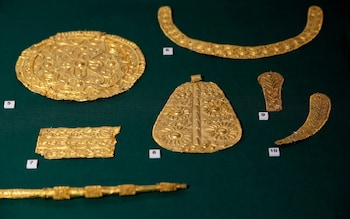 Artifacts at the Homecoming Exhibition Photo: EDDIE MULHOLLAND
Artifacts at the Homecoming Exhibition Photo: EDDIE MULHOLLAND
Crowds poured into the grounds of Manhyia Palace, where dozens of Asante chiefs took their places in colorful kente robes next to the king's personal museum or «Asantehene».
Drums announced his arrival, drowning out the crickets and peacocks. As the beat rang out, bodyguards rattled sheathed swords and the 73-year-old ruler was escorted under the cover of brightly colored umbrellas, 10 feet in diameter.
A silver incense burner balanced on his head. one attendant, while others held high raised golden staves carried out on the occasion of a public performance.
Dressed in the symbolic robes of Asante green and yellow, the king took his place on a high dais surrounded by a courtyard shrouded fanned with palm leaves and wiped with a towel from time to time to wipe away sweat.
Opposite the king, 40 yards away, in the 35-degree heat, Victoria and Albert director Tristram Hunt and British Museum trustee Chris Gosden sat in suits next to the diplomats.
The senior Asante chief and master of ceremonies cheerfully said that they representatives of “our former colonizers”, but diplomatically suggested that the returned gold artifacts were not “stolen” by the British, but simply “went missing.”
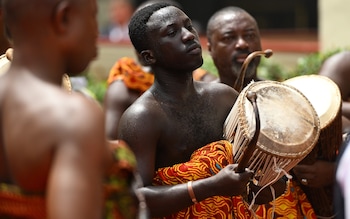 Exhibition opening Photo: EDDIE MULHOLLAND
Exhibition opening Photo: EDDIE MULHOLLAND
Mr Hunt was not so diplomatic. Standing under his huge umbrella, he said the gold he was supposed to return had been «looted,» adding that it should be returned for the purposes of «healing and reconciliation» that could heal the «painful scars» of colonialism.
The Asante Empire emerged in the 17th century and became famous for its military prowess and enormous wealth derived from gold, as well as the slave trade.
The West African power fought the British in a series of conflicts in the 19th century. Despite early victories, the Asante lost the Third Anglo-Asante War in 1874, and objects of ceremonial and spiritual significance were handed over as part of a treaty to end the war.
In 1896, the future founder of the Boy Scouts, Robert Baden Powell, led another one campaign against Asante, which resulted in the capture of more artifacts and the overthrow of then-King Prempeh I and exile in the Seychelles.
When they canceled this transfer, Mr. Hunt and Mr. Gosden addressed the king, came to bring him gifts, bowed to the monarch and formally returned part of what his ancestors had lost.
Concluding the ceremony, the king officially opened the Homecoming exhibition, showcasing the repatriated gold, welcoming objects that he said carried the “soul of Asante.”

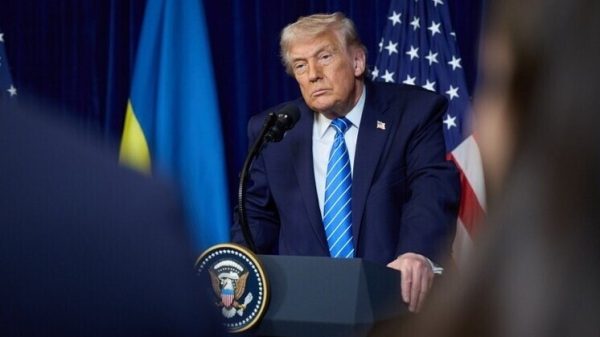

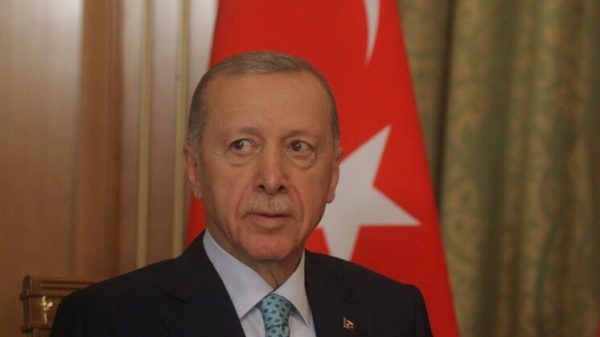



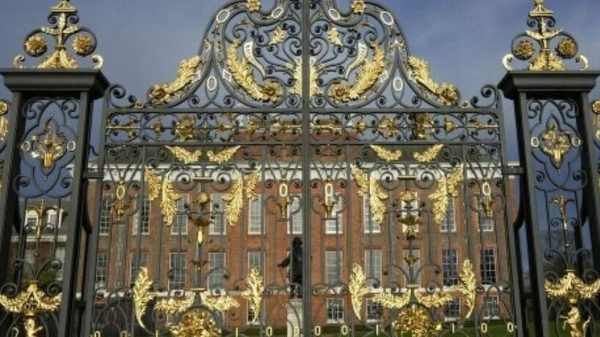

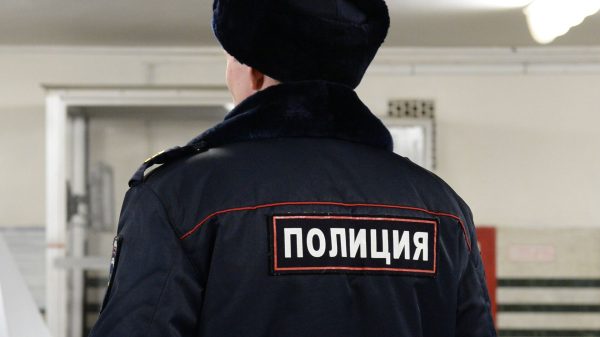


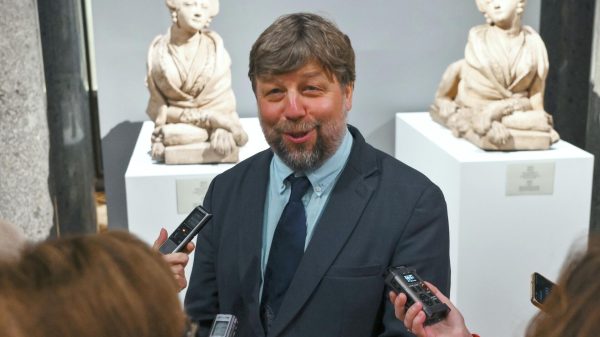
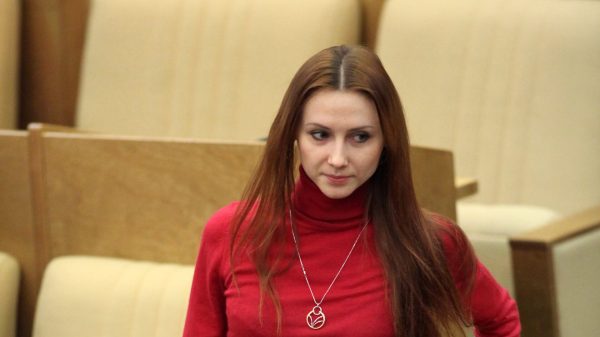
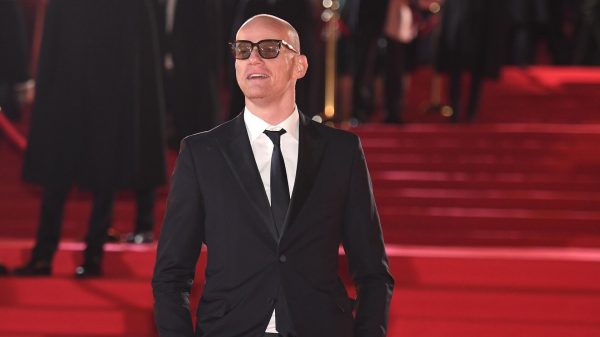


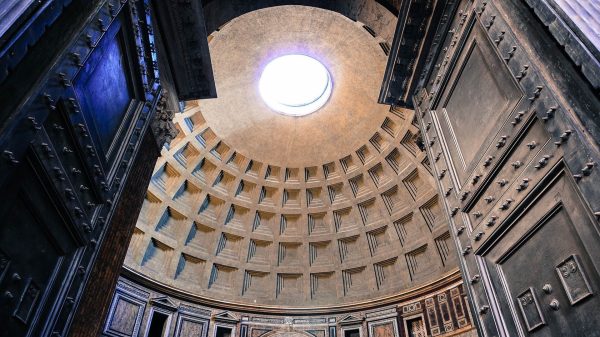















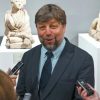



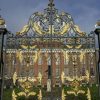

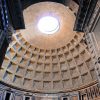


















Свежие комментарии